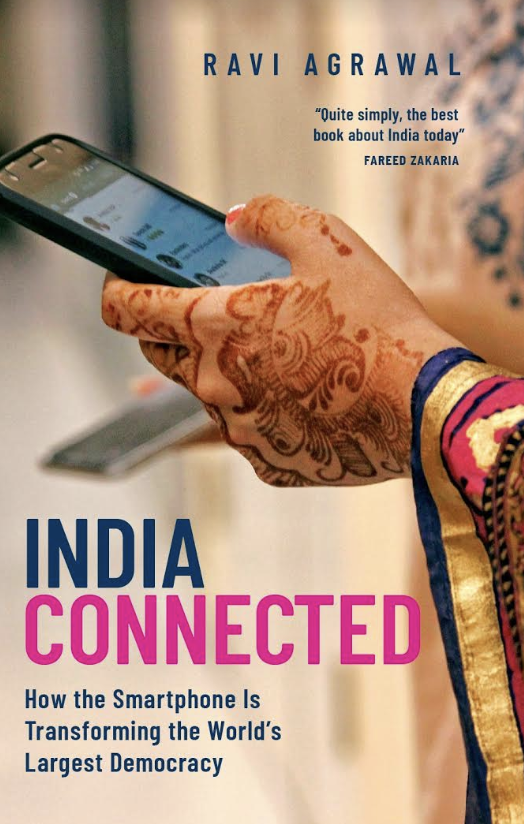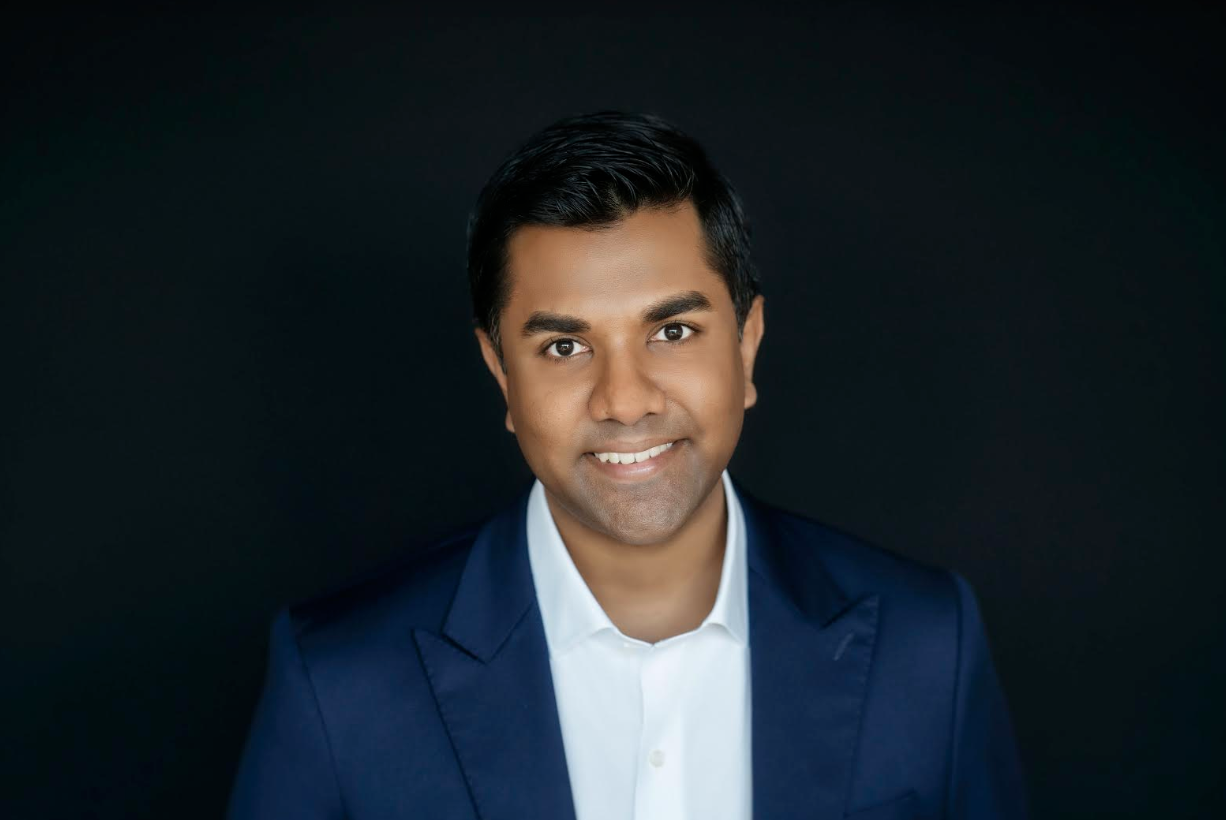Sachin Bhatia, the Delhi-based entrepreneur, had spent a decade working with MakeMyTrip.com, a pioneering web start-up for researching and booking getaways. In 2010, when MakeMyTrip went public, Bhatia quit in search of a new calling. Once again, he homed in on a growing national trend: love. Young Indians were looking for options other than being set up by their families, but, having had little exposure to the opposite sex, many didn’t know where to begin with dating. India already had several matrimonial websites, but nothing involving casual romance. In Bhatia’s mind, the key to this was the smartphone, which allowed for the privacy of looking, swiping, chatting, flirting, without parents stepping in. Bhatia already knew about Tinder and Grindr in the West, but dating apps that focused primarily on location—essentially a tool for a quick hookup—were in his opinion a step too far for the average Indian. There was a gap in the market for helping millennials discover dating.
And so Truly Madly was formed (the name was inspired by the hit song “Truly Madly Deeply” by Savage Garden). In a low-trust society like India, the founders knew, there would be immediate skepticism as to whether profiles were real. Truly Madly attempts to counteract that with a robust system of checks and balances. Getting on the platform requires several forms of identification: driver’s license, college ID, connecting to one’s Facebook or LinkedIn account. Truly Madly conducts its own checks as well by calling the applicant’s family and workplace. (A quarter of all prospective users are rejected. If one is discovered to be married, for example, there is an instant expulsion—affairs are mad, even deep, but not true.)
Trust is a crucial factor when it comes to dating and marriage. Truly Madly’s system of verified social capital seeks to replace the traditional vetting role played by families and brokers. The difference is in the detail. Instead of highlighting caste and community, Truly Madly showcases the authenticity of a profile through pictures and lists of one’s favorite movies and songs, imported from Facebook. Prospective dates can add in their education and income levels, which for young Indians seems a better predictor of a match than caste. The more detail, the more sources of information, the greater one’s Truly Madly social capital. After that, the app is very much like Tinder: swipe left for no, swipe right for yes.
“It’s a tough sell,” Bhatia admitted, explaining that despite rave reviews for the app’s design and safety features, there was still a lingering social stigma. “Because of the taboos about online dating, a girl will not tell her best friend that she met a guy on Truly Madly.”
In most cases, Truly Madly matches don’t actually meet in person. But that doesn’t make it futile. After a couple is matched, they migrate to the app’s chatroom to suss each other out. The average user spends forty-two minutes on the app every day—more than on Facebook—chatting, sending “stickers,” flirting. This is where Indians are learning the mating game. It is their safe space, without the judgments of their elders. It is also a place that offers an escape. According to Bhatia, young women in small towns across India were using Truly Madly to target men in the big cities. “A lot of our early adopters were girls from small towns who had moved to Delhi, Mumbai, or Bengaluru,” Bhatia said. “Truly Madly was their window to the world.” The young women would then tell their friends back home about smartphone dating. So girls in villages and small towns—with no chance of having the freedom to date locally—would log on to look at profiles of men in the cities. And then the chatting and texting would begin.
Nearly half of Truly Madly’s users are between eighteen and twenty-two—about college age. Eighty percent of the app’s users are men. “Men are desperate,” said Bhatia. “Women play it safe.” It is slim pickings for the men, given the short supply of women. On Truly Madly, for example, if a man gets a single “like” back from a woman, without things going any further at all, the man will probably stay on the app for another seven months. “Love is a very hopeful thing,” he said.
If the supply of potential dates is seemingly low, so is the level of skill at seduction, says Bhatia. “We found out that guys sometimes didn’t know what to say on our messenger app. They didn’t know how to say ‘Hello, you have a nice smile’ or ‘You have a beautiful name,’” he pointed out. “Indian men aren’t very good at making small talk.”
Bhatia decided to create TM Spark, a paid service that allows users to send messages to other profiles even if they haven’t been matched. Truly Madly experts guide users in what to say by looking at their Facebook profiles and information on record. “So, let’s say, if both of you like Coldplay, we’ll tell you to strike up a conversation about the band,” said Bhatia. “And if we don’t find something in common, the app gives you standard icebreakers on favorite movies or authors.” Bhatia calls these prompts “smarter starters”—there is a higher probability of women answering positively to them than to a regular conversation.
Bhatia thinks the smartphone will end up transforming romance for young Indians. “This kind of dating would not have been possible without the phone,” he said. “If you’re sitting at the doctor’s, or waiting for a taxi, you browse Truly Madly and it draws you in. The minute you get a ‘like,’ it’s a major validation. You get a thrill. And all of this happens on the go in a way that couldn’t have happened in India before. For most Indians, dating wasn’t accessible without the phone. “But we’re still very Indian,” added Bhatia quickly. “Our USP is that we are exclusively for singles—not married people looking to cheat. Just because you know a girl is a kilometer away doesn’t mean you can have her,” he said, alluding to the notion that dating apps had a reputation for quick GPS-enabled hookups. “Location doesn’t matter so much here. It’s like a Bollywood movie: you have to win your partner over.”

Adapted from INDIA CONNECTED: How the Smartphone Is Transforming the World’s Largest Democracy by Ravi Agrawal. Copyright © 2018 by Ravi Agrawal and published by Oxford University Press. All rights reserved.

